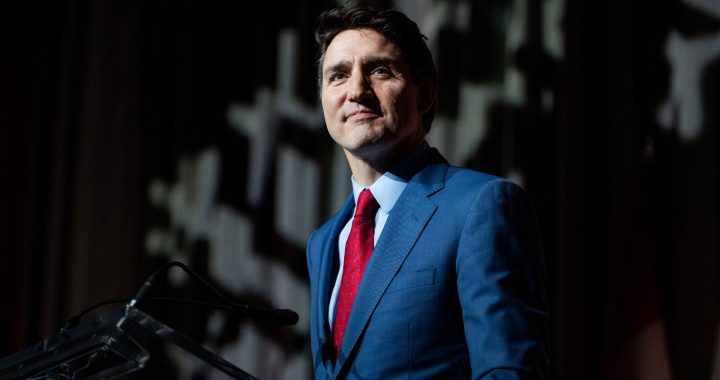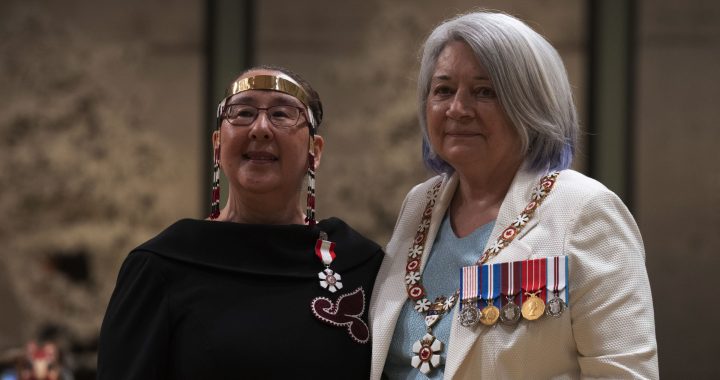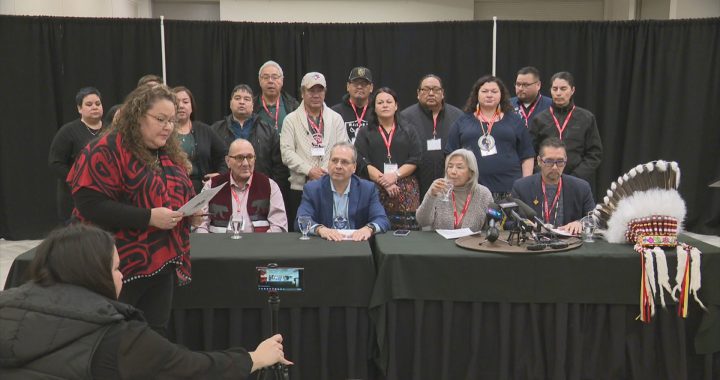Despite launching a pilot Indigenous preferential hiring program 18 months ago, the Yukon government has been unable to increase Indigenous representation in the public service from 15 to 22 per cent.
“It was disappointing to see we haven’t moved the needle as much as we wanted,” says Ashley Kayseas, director of diversity and inclusion with Yukon’s Public Service Commission.
According to federal data, 22 per cent of Yukon’s population identifies as First Nations, Métis, or Inuit.
In October 2020, the territorial government announced the pilot would aim to increase the diversity in the public service to reflect Yukon’s Indigenous population.
Hiring priority is given to qualified candidates who self-identify as First Nations in the Yukon. Applicants with links to Indigenous ancestry are given second priority.
The first 15 months of the pilot resulted in 78 successful hires across 632 competitions, including new employees and existing employees moving to a new positions.
However, preliminary findings show that even with the project, there was a slight decrease in the number of Indigenous employees, and the representation did not significantly change through the 18-month period.
A government press release states “Indigenous representation in Yukon government was 15 per cent on Oct. 1, 2020 and remains the same as of March 31, 2021.”
Kayseas says the analysis is ongoing but notes the pandemic and remote working options have affected hiring.
“It’s such a choice for them to make and it’s such a competitive job market. Job seekers are in a place where they do have some flexibility in terms of who they’re going to work for in that regard,” he says.
He says a labour force survey from the Yukon Bureau of Statistics has also shown there was a decrease in the Indigenous labour market from 2019 to 2020.
“It was just about a five per cent decrease. So obviously that’s going to have an impact on us,” he says.
Kayseas says the program will now be extended for seven years until 2029 in order to recruit more First Nations, Métis and Inuit applicants.
He says the extensive time frame is needed because “historically our work has not made leaps and bounds of Indigenous recruitment.”
“Typically, we average about 70 new Indigenous employees per year, and that fluctuates. So really one of our findings is that 18 months is just not long enough for us to get a true sense of if this preference is going to be working,” he says.
The next steps to increase Indigenous hiring include marketing, promotion and gathering input from job seekers, current government employees and retirees.
Kayseas says a training program aimed at Indigenous summer students is also in the works.
A northern issue
In the Northwest Territories, federal data shows around 50 per cent of the territory’s population identifies as Indigenous, while the 2020-2021 public service annual report shows 29 per cent of territorial employees identify as Indigenous.
Figures show 11 per cent of employees also identify as Indigenous not Indigenous.
In February, the Standing Committee on Government Operations in the N.W.T. held a public hearing with Finance Minister Caroline Wawzonek on the territory’s Indigenous recruitment and retention framework.
The hearing was held to identify systemic barriers in increasing Indigenous representation in the public service, such as a lack of cultural awareness and safety within the workplace and hiring practices. The hearing also focused on reviewing the territorial government’s human resources practises and policies.
Wawzonek said the territory’s Indigenous recruitment and retention framework and action plan would aid in increasing Indigenous representation hiring targets.
In Nunavut, around 85 per cent of the population identifies as Inuit.
In March 2020 the territory announced it would raise the number of Inuit government employees through its 2017-2023 Master Inuit Employee Plan.
A major goal in the plan is to increase Inuit government employment from an estimated 54 per cent in 2020 to 58 per cent by 2023.
The master plan, along with several other hiring plans, aligns with Article 23 of the Nunavut Agreement which calls on governments to “increase Inuit participation in government employment in the Nunavut Settlement Area to a representative level.”
From 2017 to 2023 the territorial government will focus on issues like identifying and addressing barriers to Inuit employment, implementing Inuit employment plans and refreshing its human resource strategy.










